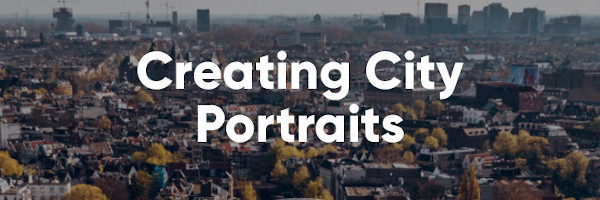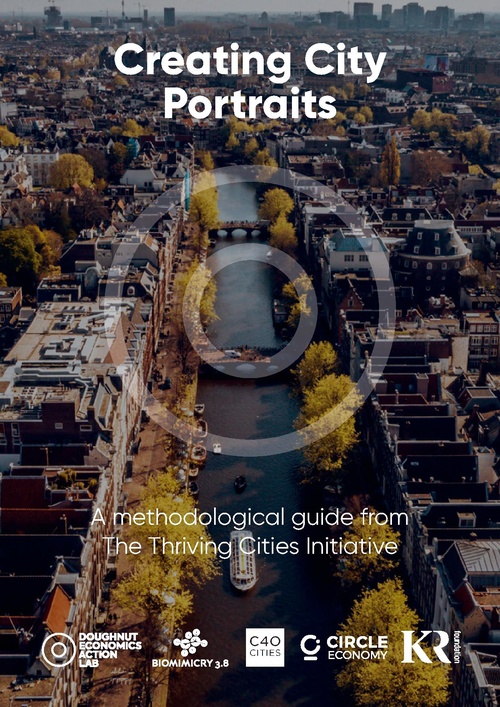Creating City Portraits
| News | |
| Image | 
|
|---|---|
| Published | 2020-07-20 |
| Point(s) of Contact | |
| Organization(s) | C40 Cities Doughnut Economics Action Lab Circle Economy KR Foundation Biomimicry 3.8 |
| Where | Cambridge UK |
| Display | Yes |

| |
This guide provides a City Portrait methodology available to all who are interested in downscaling Doughnut Economics to their city or place. The guide is an effort to make it as simple and straightforward as possible for everyone to do.
For the most effective process and results, we recommend that the team creating the City Portrait works collaboratively and involves:
- multidisciplinary researchers with a mix of qualitative and quantitative skills *city staff representing a wide range of city departments
- city-based civic organisations and community networks.
Each of the four ‘lenses’ of the methodology can be investigated in many ways, depending on multiple factors such as context, resources, time, and data availability. Throughout the Guide, we describe the methods that were chosen to create the Thriving City Portraits in Portland, Philadelphia, and Amsterdam, and we also identify useful resources and alternative approaches that we came across in the process.
This Guide represents the first version of an evolving methodology – please share thoughts, comments, and lessons learned from applying it with the Thriving Cities Initiative, through joining the growing community of practitioners at Doughnut Economics Action Lab3, and through the C40 Thriving Cities Discussion Forum8 so that, together, we can keep making it more relevant to more places, at many scales.
The approach described in this Guide was developed primarily with a focus on global North cities with high levels of resource consumption and large ecological footprints. In future iterations, we will be adapting and extending this approach in order to: • place greater focus on the role and impact of history, power relations, and legacies of colonialism in global North cities
- develop an approach for global South cities that better reflects their needs, interests, and perspectives
- adapt the approach for use at multiple scales, ranging from neighbourhoods to nations or bioregions.
We look forward to discussing, collaborating with, and learning from others through these co-creative processes.